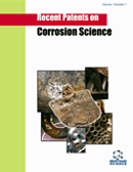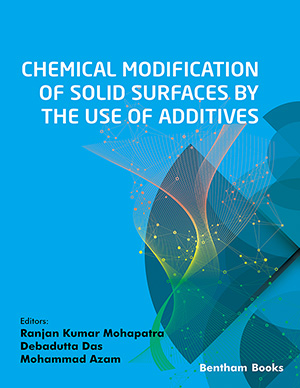Abstract
An in situ optical microscopy and simultaneous electrochemical analysis method is presented for studying 316L stainless steel in sulfuric acid based solutions. The electrochemical methods involved potentiostatic and potentiodynamic analysis of 316L stainless steel surface in aerated and deaerated 1M-3.39M H2SO4 while varying Ni+ and Cl-. This technique is reviewed along with several other in situ surface analytical probes and patents such as scanning tunneling microscopy (STM), scanning electrochemical microscopy (SECM) and variations on SECM (near fieldalternating current) and the results are discussed in conjunction with various theories and applications. The results when compared to SECM data indicate that the SECM resolution, control and performance are improved. The results also illustrate the wide variety of corrosion behaviors possible for 316L stainless steel under potentiostatic and potentiodynamic test conditions. Analysis of these samples provides both a detailed visual account of the corrosion process in addition to standard electrochemical analysis regarding pitting potentials, corrosion potential and corrosion rate. Polarization data and analysis regarding the corrosion patterns observed is presented including in situ images of etching, surface layer changes and pitting. Images and analysis of chromium carbide and sulfide inclusion behaviors in sulfuric acid were performed showing the tendency of inclusions to dissolve and act as nucleation sites for pits.
Keywords: Aerated, dearated, etching, grain boundaries, inclusions, in situ, optical, pitting, potentiostatic, potentiodynamic, polarization, SEM-EDS, 316L, 1M-3.39M H2SO4
 25
25







